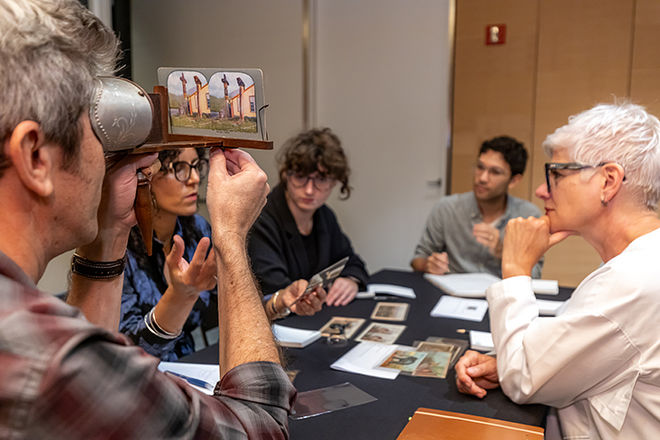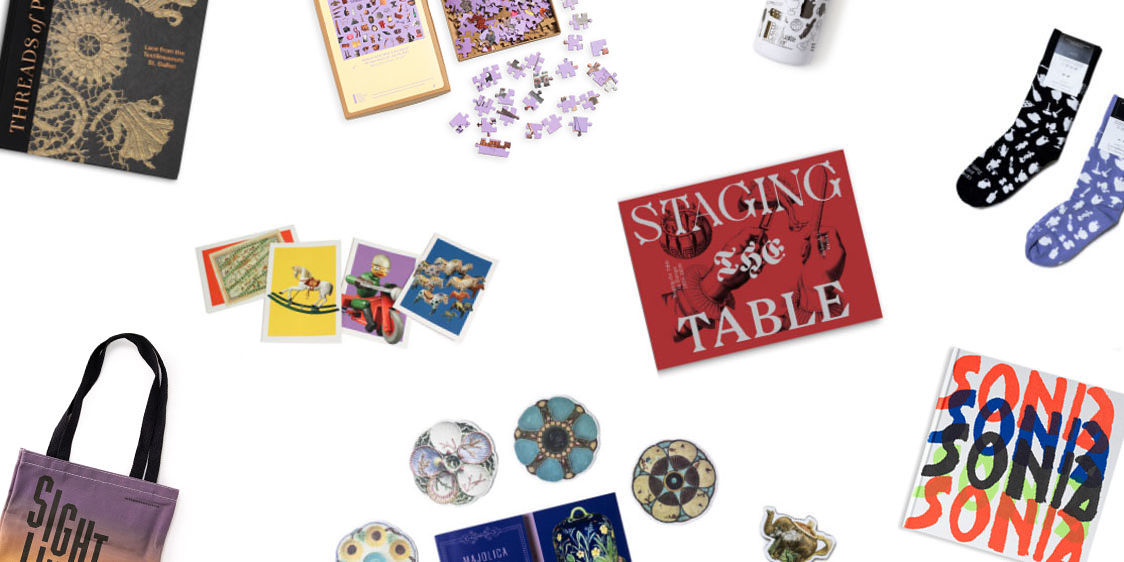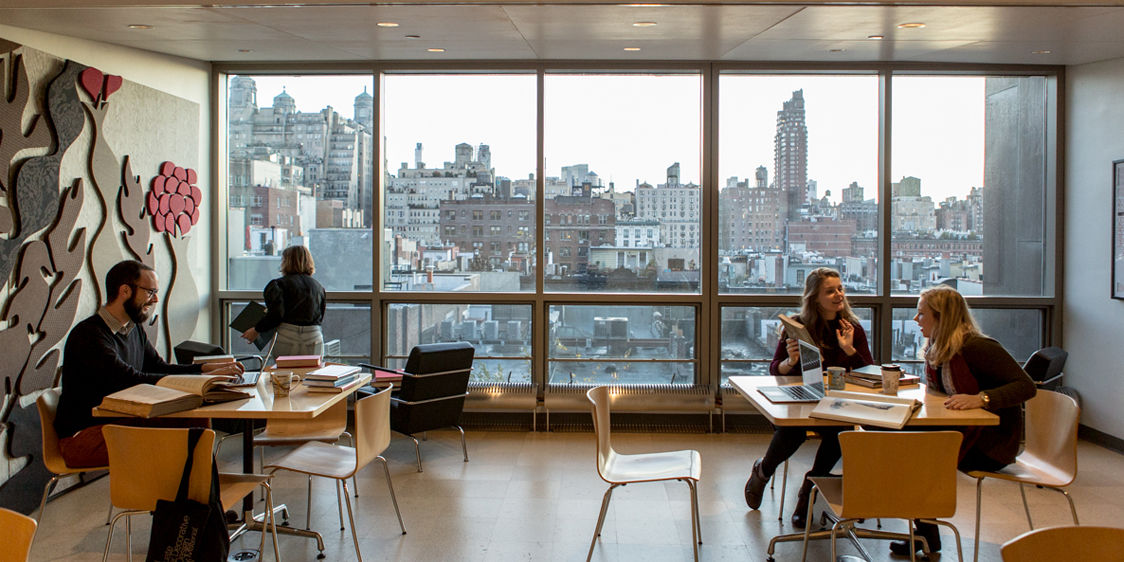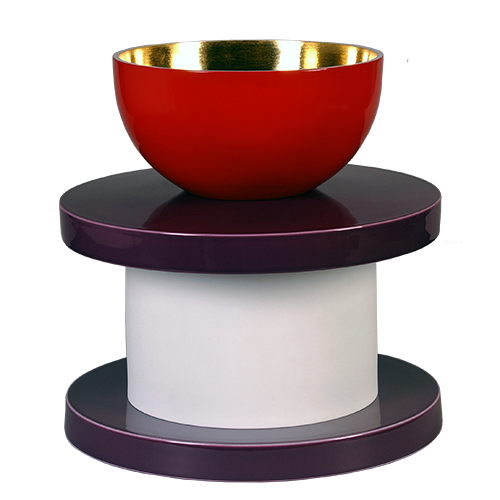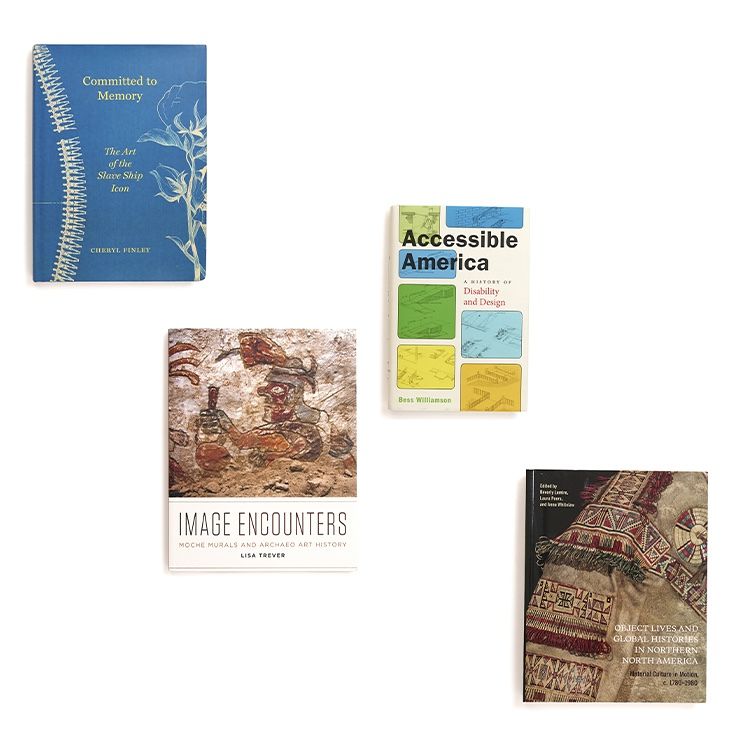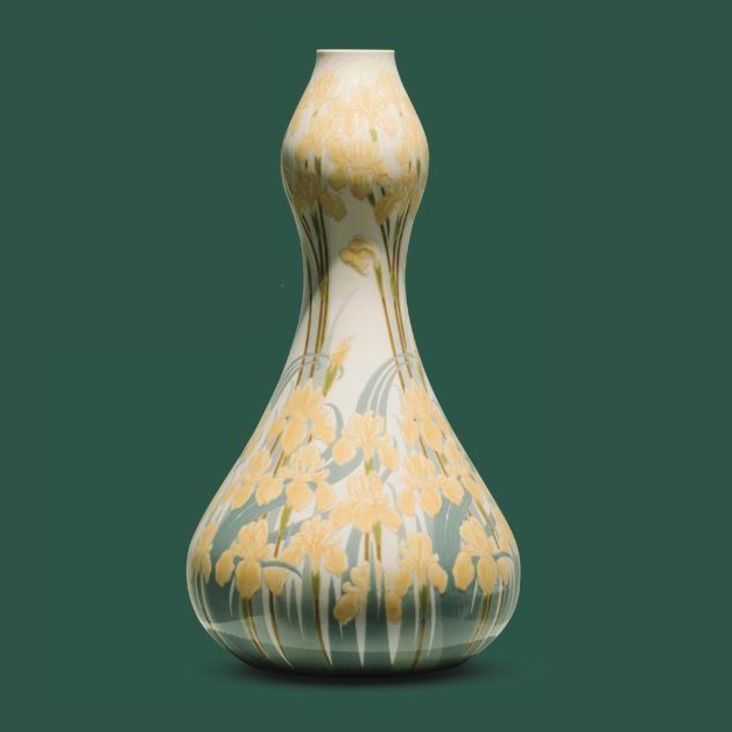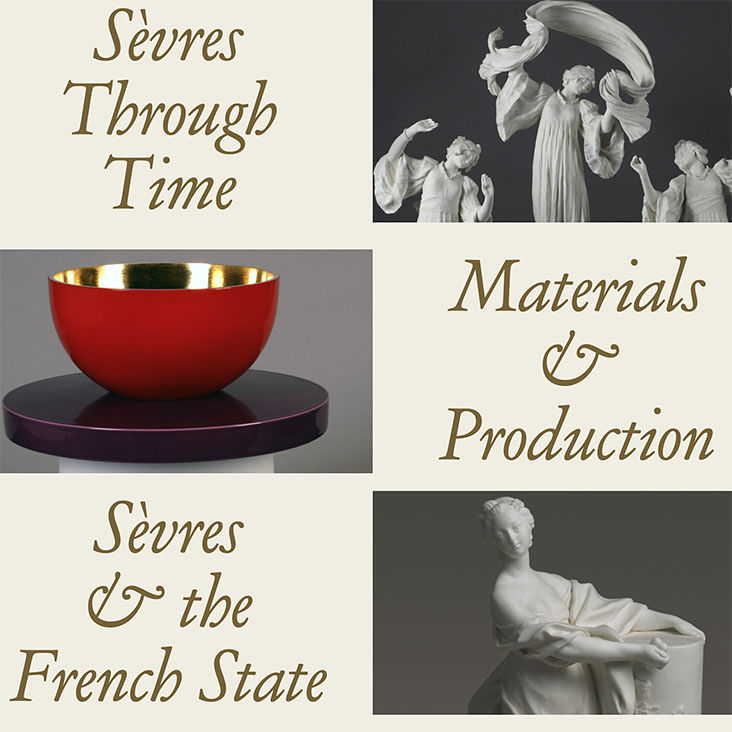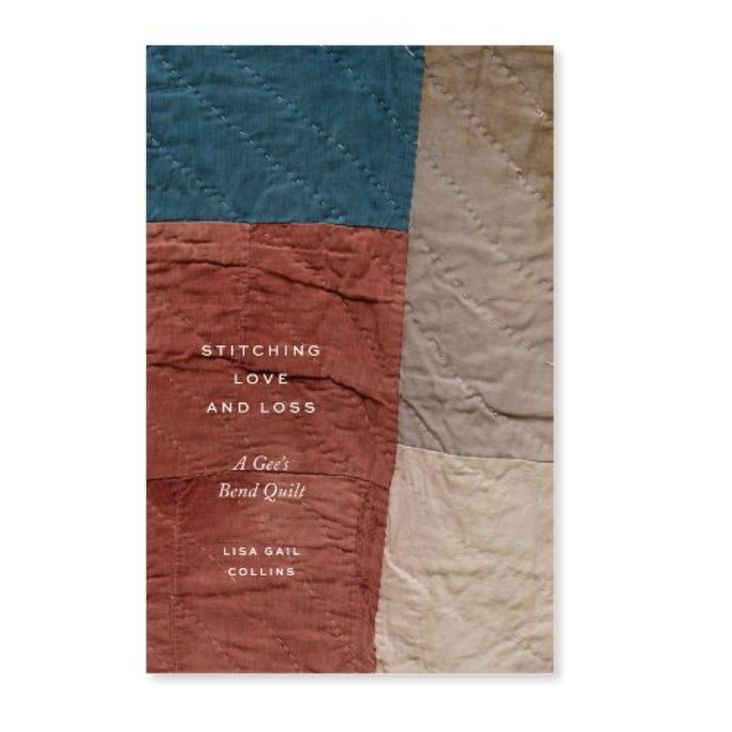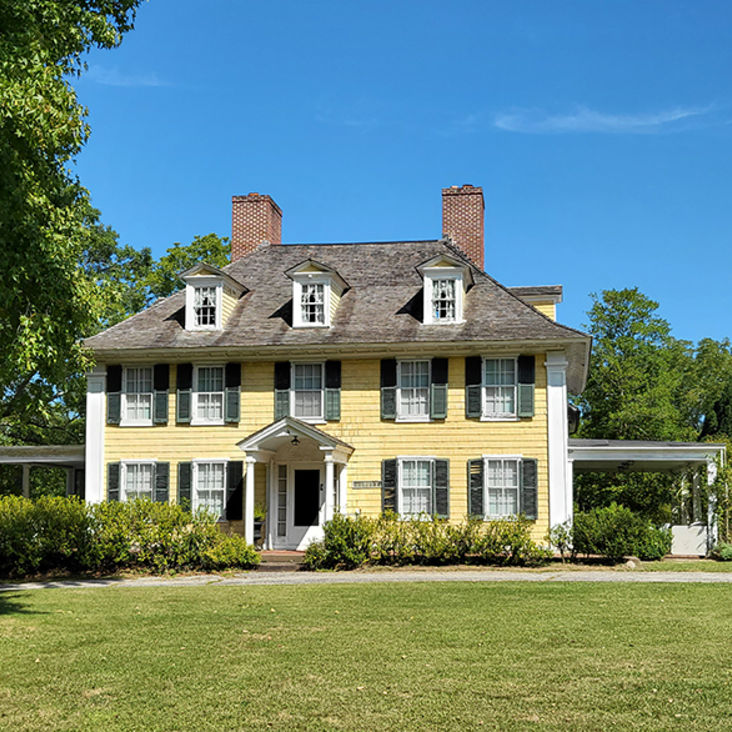“Nineteenth-Century Black Patinas on Ancient Bronzes: Chemical Innovations and Asian Influences”
AbstractMetalworkers have used black patinas on high-status bronzes in the Mediterranean and the Far East from antiquity. Important examples include the Egyptian alloy hmty-km (black copper), kyanos in Classical Greece, and Corinthium aes or hepatizon in the Roman period (there is some disagreement about translation here). The textual evidence for the preparation of these black bronzes is ambiguous and incomplete, although Pliny, Zosimos, and Pausanias all refer to the alloys. As a result, there has been substantial scientific examination of these objects to identify the chemistry behind the formation of their magnificent velvety blue/black patinas. Complicating our understanding of these bronzes, however, is that many black bronzes currently in museum collections have been blackened with selenium. There are multiple hypotheses about the origins of these selenium-blackened bronzes. Conservators and cultural heritage scientists who identify selenium patinas have variably concluded: 1) that the objects being studied are fakes, 2) that they are antiquities that were patinated in the nineteenth century to imitate shakudō in the Japonisme fashion of the period, or 3) that these patinas represent an undocumented early twentieth-century restoration technique (possibly responding to Art Deco aesthetics and the concurrent fashion for blackening African sculpture). Professor Mass will briefly review the categories of objects found to have selenium patinas and explore the origins of this technology in the nineteenth- and early twentieth-century technical literature.
Where did your interest in this subject come from?
I have studied ancient and historic copper alloys for several decades, including both sculpture and architectural ornament. My colleagues and I have observed black selenium-based patinas on copper alloys from a wide range of contexts. This includes works from ancient Rome to the Renaissance, as well as Chinese, native American, and pre-Colombian objects. To date no one has conducted research or published on this phenomenon. As a result, some scholars consider all selenium-patinated bronzes to be later copies, while others have ascribed this finish to an undocumented nineteenth-century restoration practice. The rich black surface of the selenium-patinated bronze puts it squarely within a nineteenth-century aesthetic, in particular the growing western fascination with Japanese alloys such as shakudo and their subtle, dark, and lustrous patinas. However, nineteenth-century black bronze patina recipes do not indicate a use of selenium. As a result, the timing was right to explore the origins of this technology, and its use in a conservation context.
How does this research question intersect with your other intellectual interests?
A primary driver of cultural heritage science research is the desire to understand the many visual, physical, and chemical changes that an object undergoes in the course of its lifetime. My own research has for years focused on understanding mechanisms of surface degradation and change. This work has included in-depth studies of color changes over time in historic furniture finishes, artists’ pigments, architectural ornament, silver alloys, and copper alloys. Even microscopic changes to these objects, creating layers that are on the order of micrometers thick, can completely transform them. While the surface changes of many pigments result in an undesirable discoloration or dulling of their intended effect, the natural or artificial patination of a bronze can transform it into something wholly unique: variegated, fragile, and evocative of its individual history.
Why is this question important to you?
The conservation decisions that are made surrounding surface transformations in objects can be critical to the objects’ survival. The concept of noble versus vile patinas (aerugo nobilis and virus aerugo) has been with us since antiquity, and it remains a valid and useful one. Certain patinas are passivating, or protective of the metals beneath them. These include the oxide patinas that form on aluminum alloys, for example, and the decorative green and blue malachite and azurite patinas that develop on ancient bronzes. However other patinas, such as “bronze disease,” are active and will continue to corrode a metal object until it loses its structural integrity and is ultimately completely mineralized. The simple chemical difference between a beautiful or a disastrous patina is that of a carbonate (found in malachite and azurite) versus a chloride (found in atacamite and paratacamite, the minerals that make up bronze disease). As a result, the study of ancient and historic metal patinas not only informs us about the history of technological innovation, it is also critical to preserving these objects for the future.
Related Readings
“Weathervane Finish Analysis and the Finish History of American Architectural Ornament,” in American Weathervanes: The Art of the Winds, Ed. Bob Shaw, Chapter 6, American Folk Art Museum, Forthcoming, 2021.
Jennifer L. Mass, “Identification and Contextualization of the Restoration and Reconstruction Materials,” in The Bacchus Conservation Project: The Story of a Sculpture, Ed. Caroline M. Rocheleau, North Carolina Museum of Art, 2020, 53-61.
A. Benzonelli, I.C. Freestone, and M. Martinon-Torres, “A Better Shade of Black: Effects of manufacturing parameters on the development of ancient black bronzes”, Archaeometry 59(6), 2017, 1034-1049.
